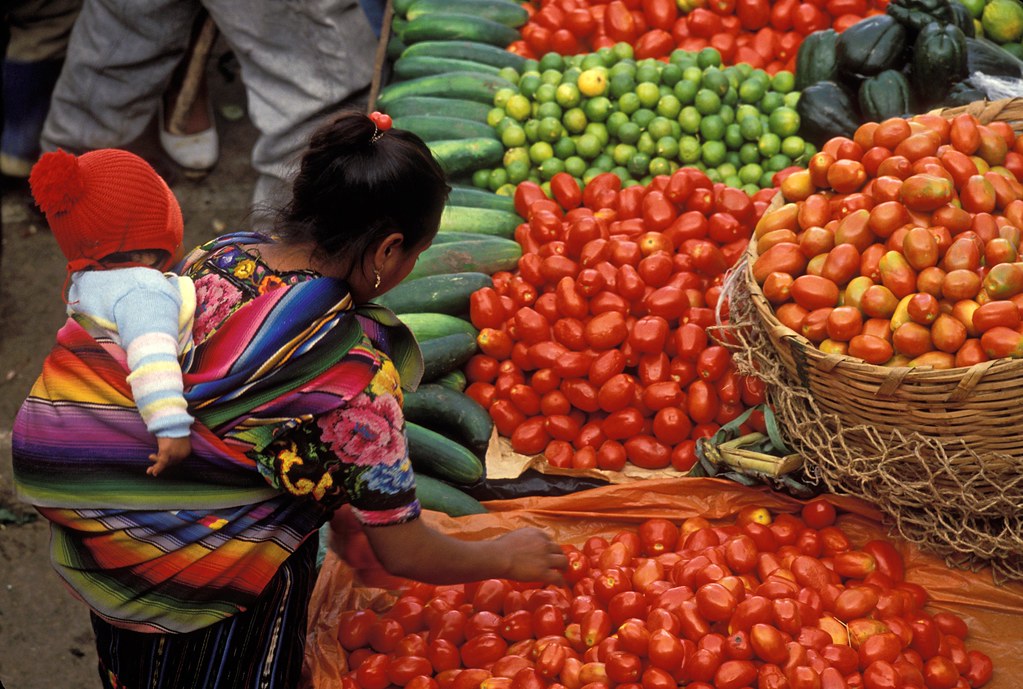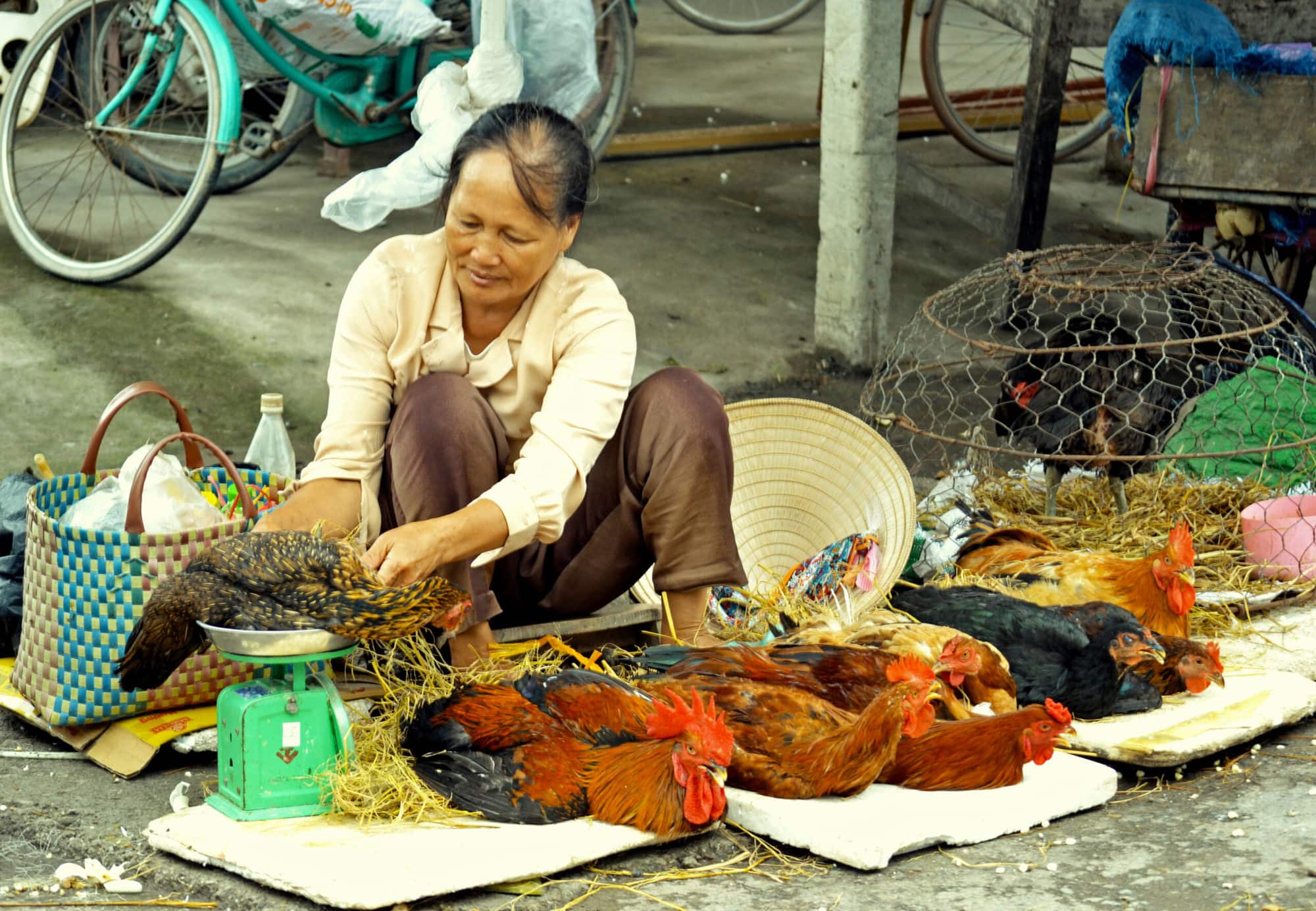A weighty question: How fat are we? Why obesity estimates diverge
- From
-
Published on
24.06.19
- Impact Area
-
Funders
Food and Agriculture Organization of the United Nations

This post is part of the FAO-IFPRI initiative on Food Systems and Obesity in Latin America and the Caribbean.
Obesity is increasing worldwide for all subpopulations of age and gender. It is a risk factor for many non-communicable diseases such as diabetes and high blood pressure and constitutes one of the leading risk factors causing early death and disability. Although estimates of obesity rates seem to diverge (see below), they agree that women carry a higher burden than men.
Currently, there are two leading sources of aggregate long-term obesity estimates: Those published by the WHO-NCD Risk Factor Collaboration (NCD-RisC) and those elaborated by Global Burden of Disease 2015 Obesity Collaborators (GHDx), coordinated by the Institute for Health Metrics and Evaluation (IHME).
Photo credit: World Bank
Related news
-

A decade of academic and research partnership advances One Health in Vietnam
International Livestock Research Institute (ILRI)13.11.25-
Health
In northern Vietnam, Thai Nguyen province has become one of the most active hubs for…
Read more -
-

Positioning healthier rice varieties in Odisha for market demand and farmer income
International Rice Research Institute (IRRI)28.10.25-
Nutrition
-
Poverty reduction, livelihoods & jobs
In western Odisha, farmer groups and women’s self-help groups are taking the lead in bringing…
Read more -
-

SOILutions for Security: CGIAR at the 2025 Borlaug Dialogue
Multifunctional Landscapes Science Program22.10.25-
Biodiversity
-
Environmental health
-
Environmental health & biodiversity
-
Food security
-
Nutrition
From October 21–23, CGIAR will join global partners in Des Moines, Iowa for the 2025…
Read more -
